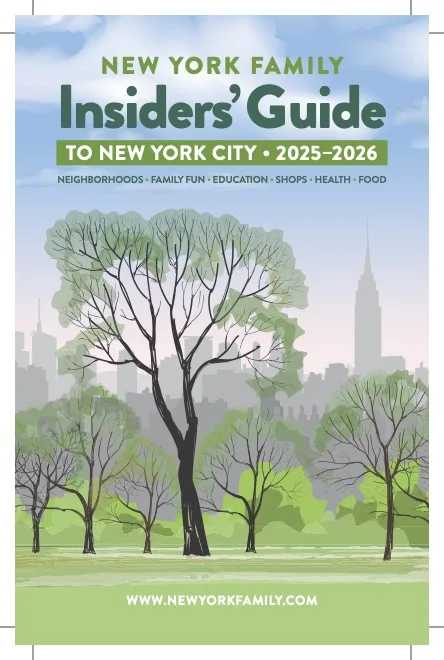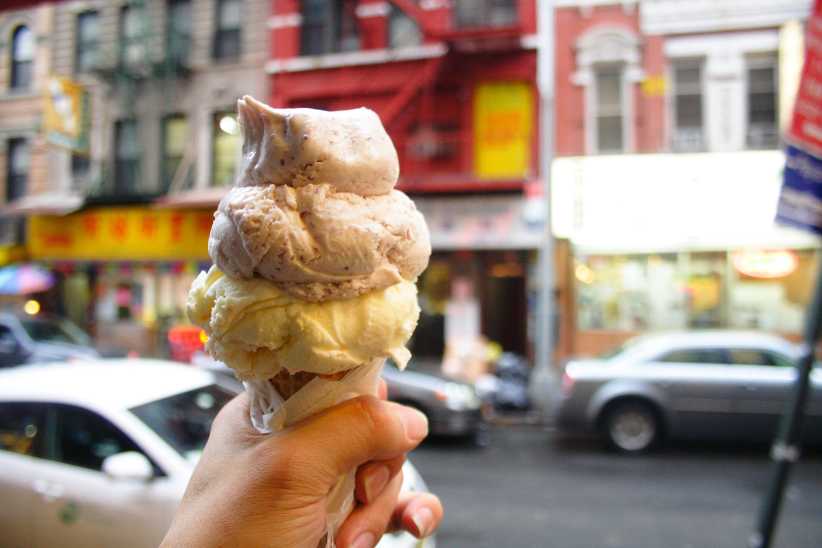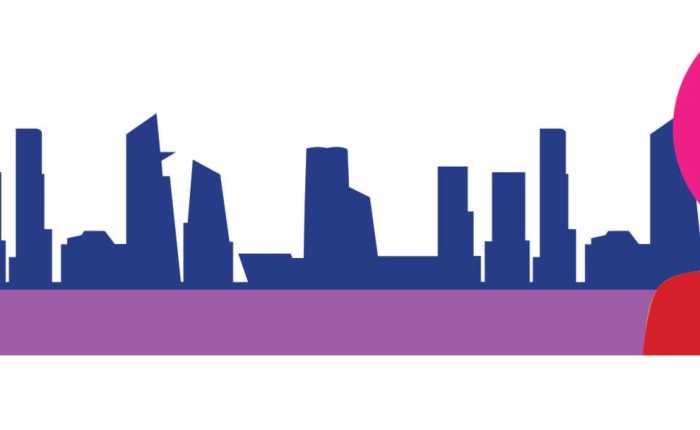As any mom or dad will attest, most kids are full of energy. Why then, would parents want their children to consume caffeine for an energy boost?
The Food and Drug Administration recently began an investigation into why certain food and beverage companies are adding caffeine to products targeted at children. The agency is also looking into caffeine’s safety. In a related development, San Francisco’s city attorney sued Monster Beverage Corp., accusing the company of marketing its caffeinated energy drinks to children as young as 6.
A growing number of foods have added caffeine with labels referring to “the right energy” and similar phrasing. Caffeine is being added to trail mix, oatmeal, potato chips, chewing gum, jelly beans, beef jerky, hot sauce, trail mix, as well as energy drinks and energy shots.
The only time the Administration approved the added use of caffeine in a food or drink was for colas back in the 1950s.
These companies say they are marketing their products to adults. Yet, many of the items, such as candy and gum, are attractive to children.
A drug and its effects
Caffeine is a natural stimulant found in coffee beans, tea leaves, and cacao. When added to products, it must be included in the list of ingredients, but the amount doesn’t have to be.
The Administration does not set caffeine limits for energy drinks, only for colas (capped at six milligrams per ounce).
Not much is known about the effects of caffeine on children. The American Academy of Pediatrics says caffeine has been linked to harmful effects on children’s developing neurologic and cardiovascular systems. It can also affect sleep. In large amounts, caffeine can cause brain seizures and cardiac arrest.
A study published in the December 2010 Experimental and Clinical Psychopharmacology discovered boys are more stimulated by caffeine than girls and that both genders have a preference for so-called junk food after consuming it.
As many caffeinated parents can attest, the compound is addictive and a sudden withdrawal produces a throbbing headache.
A single serving of any of these foods or beverages is unlikely to be harmful. But what about a child who consumes caffeine throughout the day?
Most health professionals say there is no role for caffeine in kids. Parents trying to control their children’s caffeine intake should educate their children about what to look for. Packages that tout “energy” should raise a red flag.
Christine M. Palumbo, registered dietician, is a nutritionist from Naperville, Ill., who is on the faculty of Benedictine University. Follow her on Twitter @PalumboRD, Facebook at Christine Palumbo Nutrition, or Chris@ChristinePalumbo.com.
Blueberry sparklers
Makes 10 skewers
INGREDIENTS:
1 cup large fresh blueberries
1 cup white chocolate chips
1 teaspoon vegetable oil
2 tablespoons multicolor candy sprinkles
DIRECTIONS: On each of 10 bamboo skewers (eight inches long), spear eight blueberries. In a perfectly dry microwavable cup, stir chocolate chips and oil. Microwave on medium power 30 seconds; stir. Microwave 20-30 seconds longer; stir until the chocolate is smooth. Transfer melted chocolate to a resealable plastic bag. Snip a very small corner off the bottom of the bag. Drizzle the melted chocolate over the skewered blueberries and immediately roll lightly in sprinkles.
NUTRITION FACTS: 136 calories; 18 g carbohydrate; 7 g total fat; 6 g saturated fat;
0.4 g fiber.
Used with permission by the U.S. Highbush Blueberry Council.





















